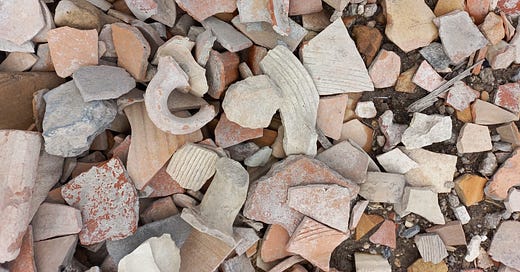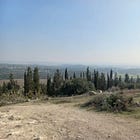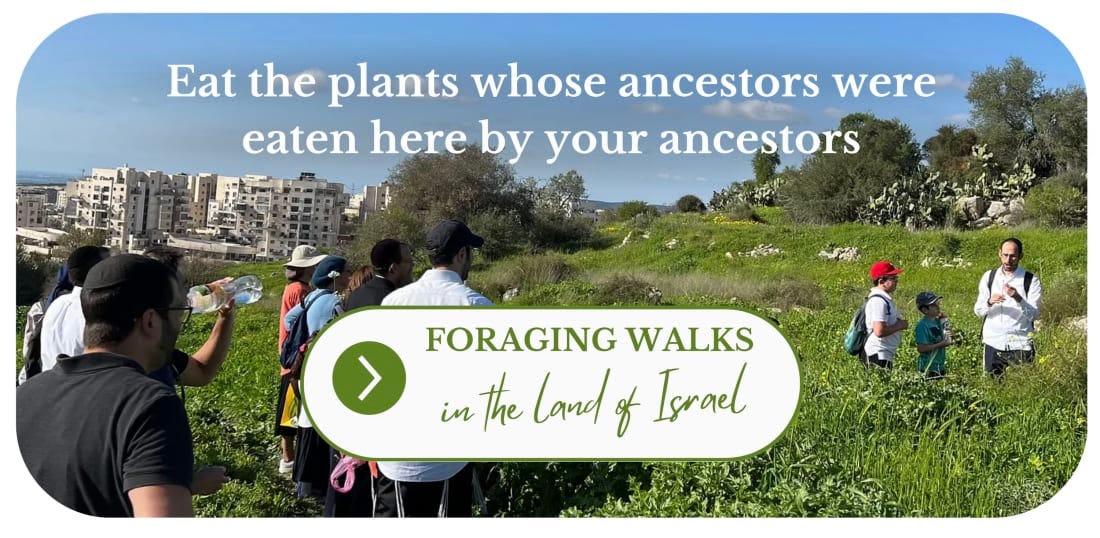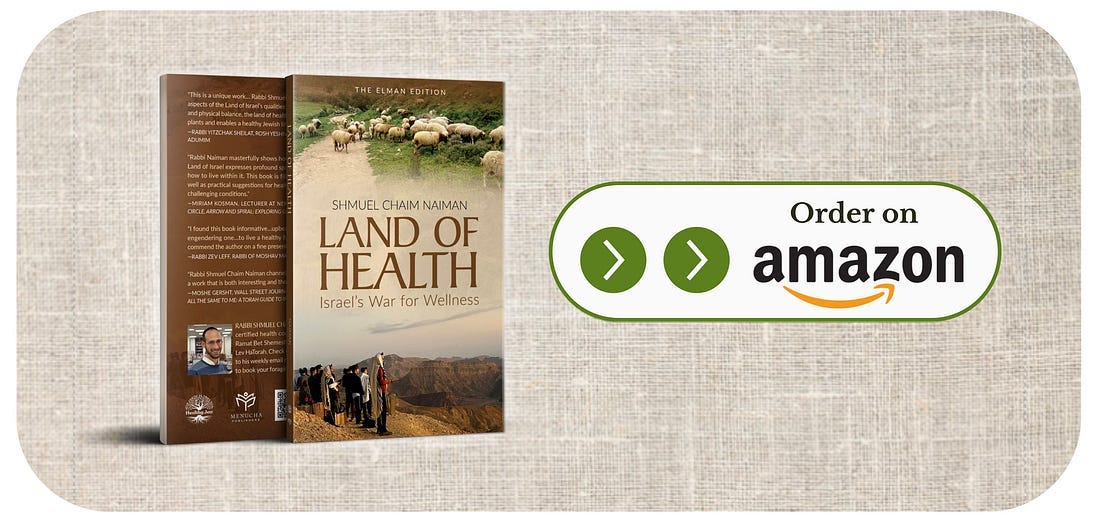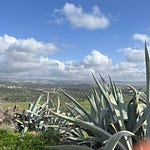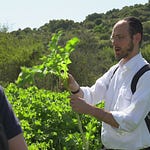Dear Healthy Jew,
Walking through Israel’s natural world, you can directly experience our eternal life, in many ways. Perhaps the most profound is the (almost) literal resurrection of the dead after every winter rain.
The hallmark of Israel’s thousands of archeological sites, many of whom date to the Second Temple Period (350 BCE - 70 CE) and earlier, is the thousands of pottery sherds strewn all over the ground. Because of the laws of physics (don’t ask me how), most of the sherds usually lie right under the surface. But when the winter rains come, they rise from their graves, sending us pottery postcards from the ancient past.
What do the postcards say?
That thousands of years ago, our ancestors lived here and formed this jug or bowl. Often lines circle around, or some other pattern - their message of love and care.
Perhaps the man or woman who carved this utensil had just visited the Temple in Jerusalem. They might have studied there Torah from the Sanhedrin whose 70 members carried the unbroken Oral Torah tradition they received from the 70 elders ordained by Moshe (Moses) himself. Perhaps they brought a sacrificial offering to the Temple service, expressing with tangible action how God is the only One worth serving.
The Lives of Pottery and People
Pottery is the land: the land’s clay formed by the land’s people.
Eventually, like its people, pottery breaks and returns to the land to die. But even after millennia underground, pottery remains pottery. Similarly, even after millennia of suffering in exile, Israel remains Israel.
This observation offers hope and comfort for our uncertain times. Jews are crashing into the earth, broken to tiny sherds - some literally, many more struck by anxiety, trauma, and depression.
It's all so sad, but not hopeless.
Our ancestors, both in Israel and in 2000 years of exile, went through all the same and much worse. Yet our nation lives on, and today we’re back in Israel.
In appreciating our history, we draw a line of life from the past to the present. That very same line forges on to the future, forever.
Foraging in Israel
Similar to pottery, Israel’s plants also connect us with our past: we can eat the plants whose ancestors were eaten by our ancestors in this field or ancient site.
Foraging season is in full swing here in Natural Israel. So if you live in Israel, or are planning a visit, book your foraging walk today! (Either respond to this email, or write to contact@healthyjew.org).
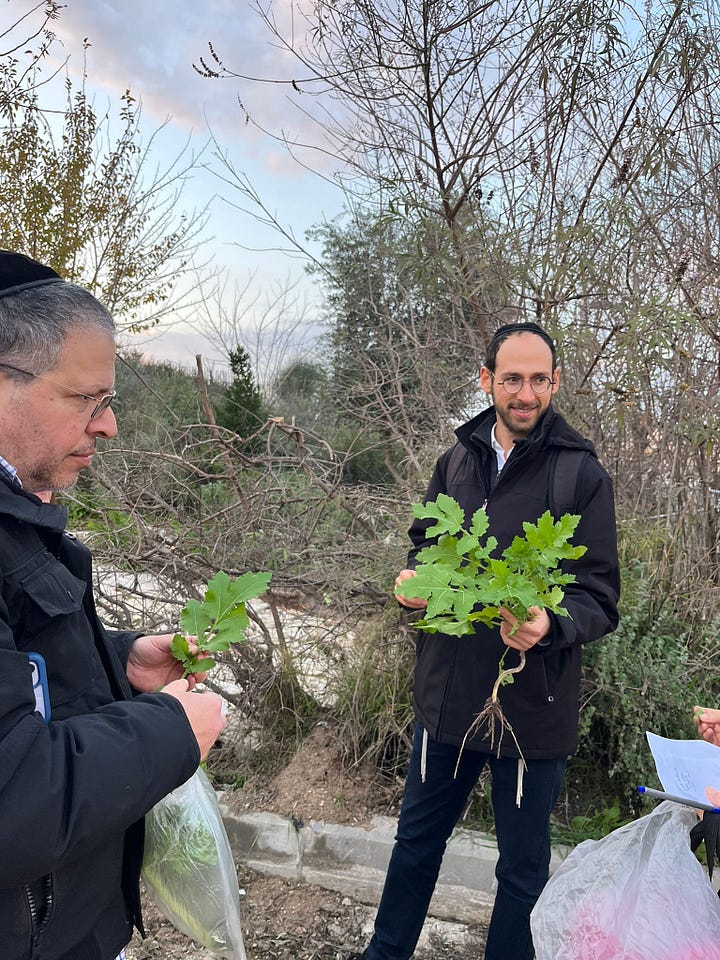
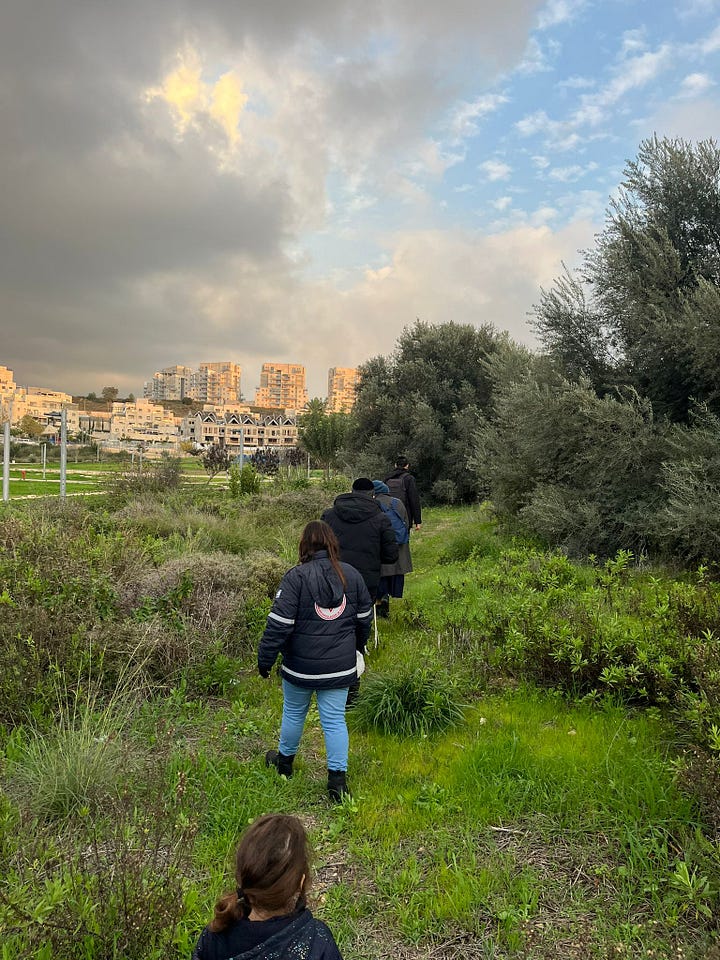
Death and Life in Natural Israel
Through foraging, we also experience Israel’s annual cycle of life and death, as I posted here recently.
Here’s a new video clip where I show you Israel’s annual rebirth.
Milk Thistle Hill
Plants and pottery come together in Natural Israel: more often than not, we’ll stumble on some ancient postcards while out foraging. My go-to foraging location, a hill right outside or Ramat Bet Shemesh, actually holds a local pottery lamp factory. Although they went out of business over a thousand years ago, there are still an unusual amount of sherds hanging around.
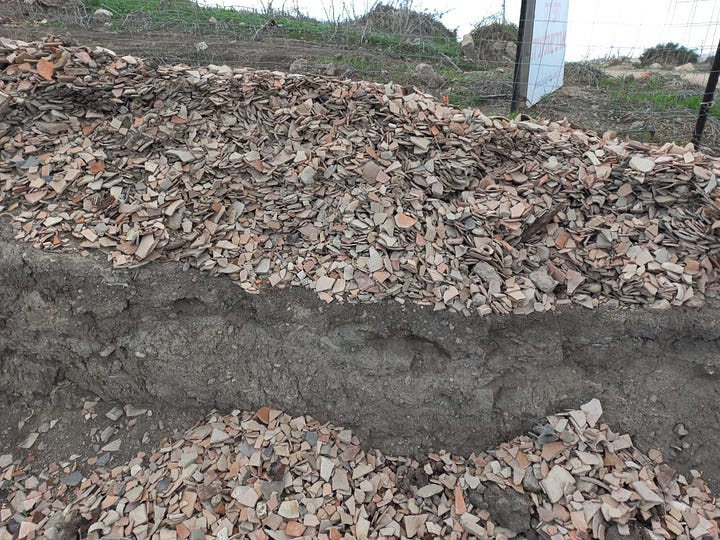
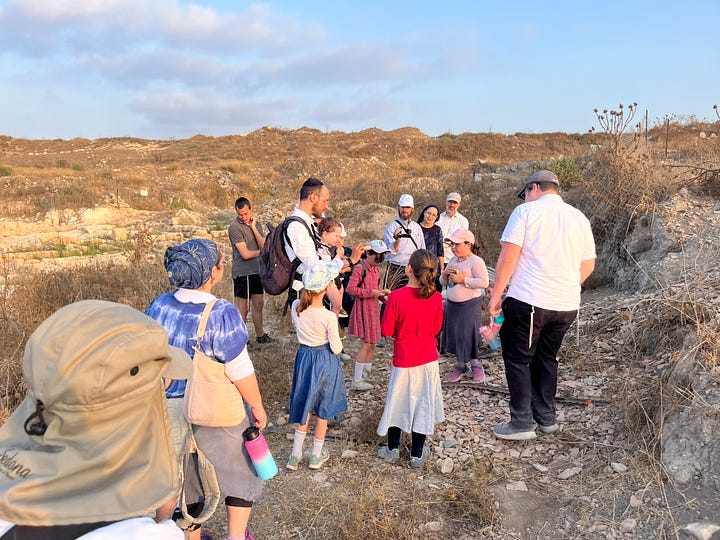
I wrote much more about the area and its pottery in Healthy Jew’s inaugural post here:
Water Wells
One more picture from Natural Israel’s life: the ancient wells that dot the countryside. But be careful!
May we see soon the complete rebirth of Israel the Nation in Israel the Land.
Thank you for reading Healthy Jew.
Here are 2 great paths to continue the journey:
Also check out this intro and index to explore hundreds of posts about our 3 Healthy Jew topics: Wellness with Wisdom, Land of Life (Israel), and Sensible Spirituality.
Finally, always feel free to reach out here with any comments, questions, or complaints:
I look forward to hearing from you!
Be well,
Rabbi Shmuel Chaim Naiman
Please note: All content published on Healthy Jew is for informational and educational purposes only. Talk to a qualified professional before taking any action or substance that you read about here.

